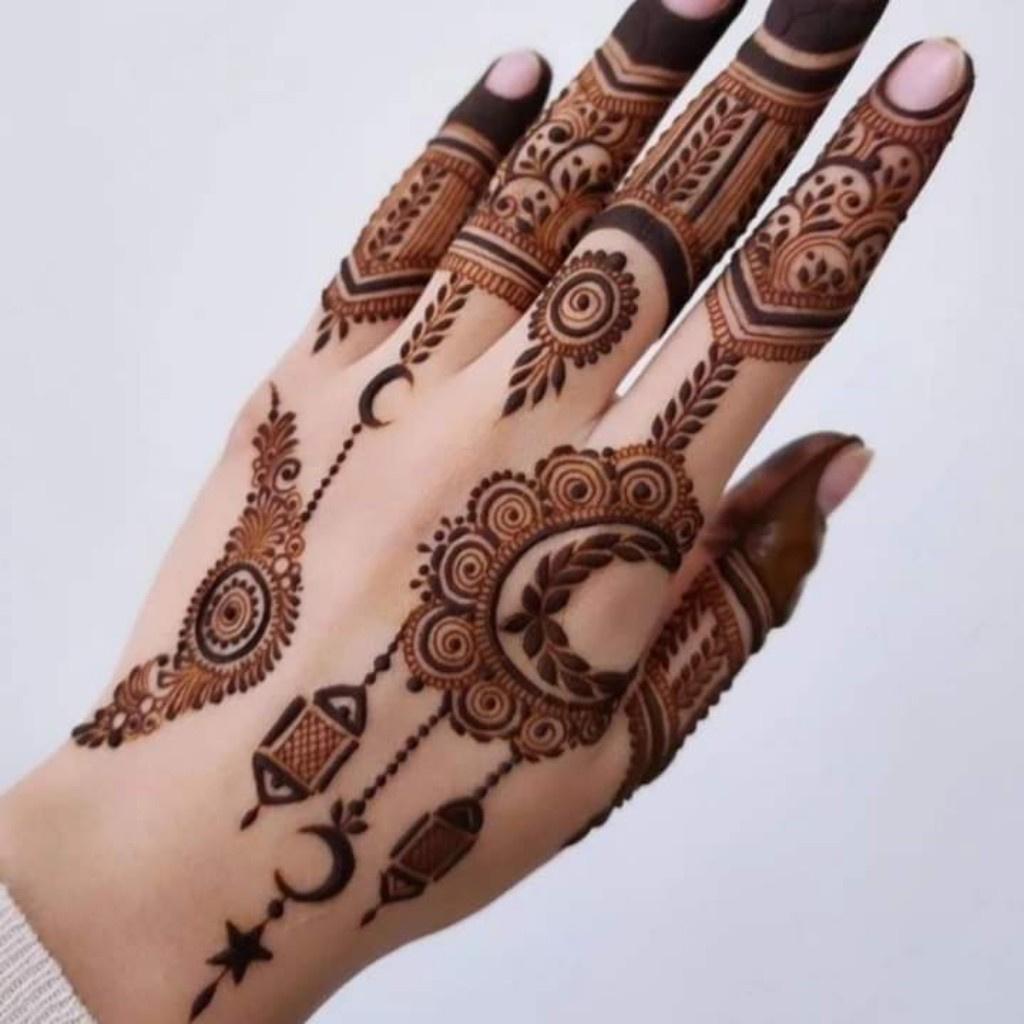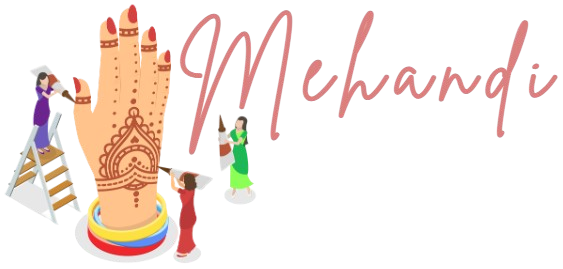Introduction
Practiced for millennia in South Asia, the mehandi ka design East, and North Africa,mehandi design also called henna—is an ancient body art form. Deeply ingrained in culture, it is extensively worn at celebrations including weddings, holidays, and festivities.
Mehndi’s Significance
Mehndi has great meaning in many civilizations; it is not only about beauty. mehandi design retains a particular place for these reasons below:
1. Cultural and Conventional Value
Particularly in India, Pakistan, and other South Asian nations, mehandi design is a staple of weddings. Extensive designs abound on the bride’s hands and feet, which stand for happiness, beauty, and optimism.
2. religious relevance

mehandi design is thought lucky in Hinduism and Islam. It’s used at religious celebrations such Eid, Karva Chauth, Diwali, and Teej. It denotes luck, wealth, and innocence.
3. Medical Remarks

mehandi design benefits the skin since it has cooling qualities. It promotes nail health, helps to avoid infections, and lessens stress. Traditionally, it has also been used naturally to cure fever and headaches.
4. Aesthetic and Musical Attractiveness

mehandi ka design is a technique that accentuates hand and foot beauty. Simple floral designs to intricate symmetric patterns have evolved over years in many different styles and patterns.
Mehndi Design Styles

mehandi ka design designs depend on the area and cultural inspirations. The most often used designs are listed here:
1. Indian Mehndi Designs
Often featuring themes like peacocks, flowers, paisleys, and complex lattice work, Indian mehndi designs are thorough. The decorations span the hand from top to the arms. One shining example of complex Indian designs is bridal mehndi.
2. Mehendi Designs in Arabic
Bold and flowing designs abound in Arabic mehndi creations. Usually featuring floral and leafy themes with little embellishment, they give a modern and sophisticated style. Arabic designs have gaps left open, which accentuates their appeal unlike Indian mehandi.
3. Mehndi Designs from Pakistan
mehandi ka designfrom Pakistan combines Arabic and Indian forms. It has complex decorations covering the hands and feet, religious symbols, and thorough geometric patterns.
4. Fourth Moroccan Mehndi Designs
Geometric patterns and tribal art inform Moroccan mehandi ka design. They stand out from conventional floral designs since they concentrate on symmetry and abstract forms.
5. Modern Western Mehndi Designs
mehandi ka design has become somewhat well-known in Western nations as body art has evolved. A temporary and painless substitute for permanent tattoos are henna tattoos used by many.
History and Cultural Valuation
Originating in ancient Egypt, India, and the Middle East, mehendi has a more than 5000 year history. Cleopatra reportedly wore henna on her body because of its cooling and beauty effects. mehandi is quite important in India both religiously and culturally. Mehendi, which stands for love, wealth, and luck, is always a mainstay of wedding festivities.
Conclusion
mehandi is a deeply significant cultural legacy more than merely a decorative tool. Mehndi accentuates any occasion—from a casual gathering to a wedding or festival. From traditional to modern designs, mehndi keeps changing to retain its core and fit to modern trends.
